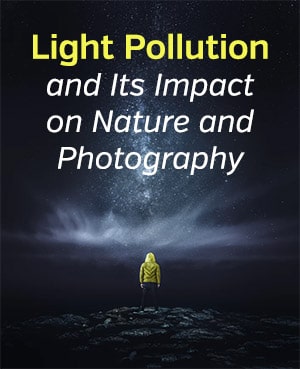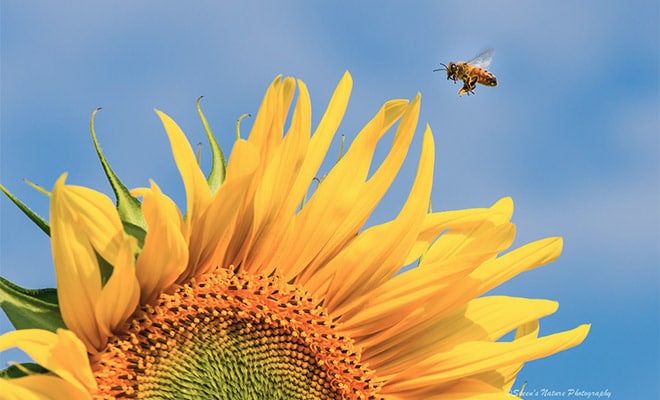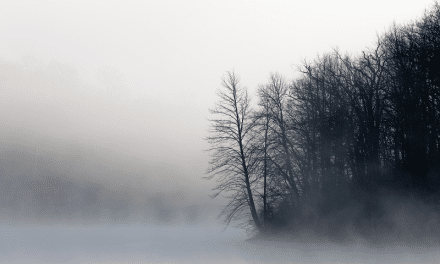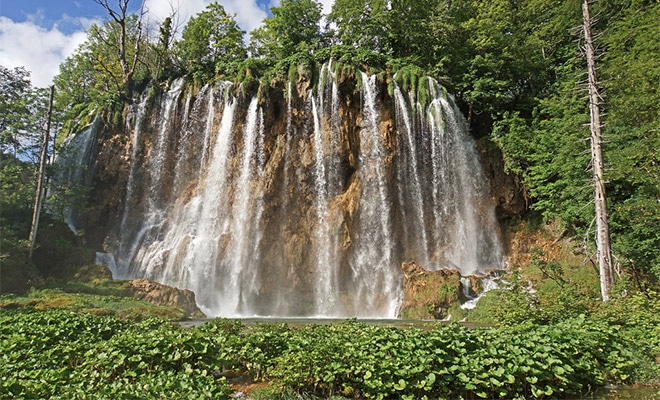There has been a lot of talk lately about pollution. Land, air and water pollution are all serious concerns for our environment. But did you know that light can also cause pollution? Though it may seem intangible at first, excessive light from artificial sources does have an adverse effect on us, our environment, health and safety, but also Earth’s ecosystem, including wildlife and insect development.
Ever since our ancestors started to roam the Earth, and up until less than a 100 years ago, humans were able to look up to the night sky and see thousands of flickering lights.
Today, children in cities cannot be inspired by stars because they can’t see any stars. At best, a few dozen are visible, compared to thousands which are visible from distant, non-polluted, rural areas of Earth.
Now, think about the historical course of human development.
Philosophy, science, art, navigation, and many other discoveries and achievements were, and still are, heavily influenced by night sky observation. For ages, the stars have invited people to ask questions and seek answers, to observe and measure, to wonder and explore.
If it weren’t for the stars, our intellectual and technological progress would be severely diminished, if not completely erased. One is left to wonder would we have ever known of Galileo Galilei, the father of observable astronomy and the inventor of Heliocentrism.
The issue lies mainly in unnecessary, excessive, misdirected lighting. This includes street lighting, exterior and interior building lighting, road and highway lighting, offices, homes, commercial advertising, etc.
For example, poorly shielded road-side lamps cause light to spill into the sky or trespass into unwanted areas, instead of focusing specifically on areas or objects people actually want to illuminate.
Types of Light Pollution
Light pollution can be categorized by following types:
- Sky glow
- Glare
- Trespass
- Clutter
Sky Glow
One of the major side effects of light pollution is the infamous sky glow – excessive brightness of the night sky caused by light pollution originating from large urban centers, i.e. large cities. Sky glow drastically reduces visibility of stars in the night sky, while highly polluted areas make the Milky Way virtually invisible.
Glare
Glare is a subjective visual sensation caused by excessive lighting. Its intensity varies individually from person to person, but older people are more prone to its effect. Besides discomfort, it can reduce general visibility.
Light trespass
Light that spills over to an area where it is not wanted or needed is called trespassing light. A basic example would be an unshielded street light trespassing through a window into a neighboring house.
Clutter
Light pollution is further intensified by cluttered light sources. Here we are referring to urban areas that have a series of grouped or stacked light sources, which combined add to the problem of sky glow, light trespass and glare.
Effect on Observable Astronomy and Astrophotography
When talking about the issue of light pollution in astronomy and astrophotography, our main concern is sky glow. City lights can produce pollution several hundred kilometers in diameter, forcing photographers travel for hours by car, into deserts, hills, mountains or other rural areas where the night sky is properly visible.
A photographer must beware of the weather conditions as well, as clouds only add to the problem by reflecting city lights back into the atmosphere.
Centers for observational astronomy, which host one of the largest telescopes in the world, are best located either far away from urban environment, or above it, on higher altitude.
Some telescopes, such as the one in Palomar Observatory in San Diego, California, once an asset in search for deep-space celestial bodies, is now all but useless due to the increasingly overblown sky glow caused by city lights.
On the other hand, the Keck telescopes in Hawaii and others in remote locations such as those in Chilean desert are still doing very well. Currently, there are plans to build new observation stations with telescopes in even more remote locations, on distant islands, mountain hills, and as far as the South Pole.
Effect on Human Health and Safety
Lights are understandably useful given that humans can’t see in the dark. We use lighting to help us illuminate our home, workplace, street, roads, and various objects. It makes our life easier. However, you know the saying, too much of a good thing can be bad. We’ve gone overboard with lighting, even when we don’t need it, even when we sleep.
Excessive and unnatural lighting has shown to have a negative impact on humans both physically and psychologically. For example, light pollution has been linked with health issues including obesity, insomnia, anxiety, depression, and even cancer.
Safety-wise, light glaring is a serious concern in traffic during the nighttime travel. Unnecessarily strong headlights, road-side advertisement, overly lit vehicle indoors, all impair vision for the driver, sometimes to a point of it becoming a disability.
Effect on Earth Ecosystem and Wildlife
Artificial light introduced by human industrial revolution in the 20th century is responsible for disrupting the balance of Earth’s ecosystem, in turn endangering countless of Earth’s wildlife and insect population.
A simple example would be predators which use the cover of darkness to hunt as the prey uses it to hide. Light-polluted, cloudy sky can transport artificial lighting for hundreds of kilometers into wilderness, disrupting the natural balance inside the animal kingdom.
Furthermore, we have nocturnal animals which are perhaps most effected by pollution. They sleep during the day and are active in nighttime. You can imagine how their life is dramatically affected by changes in the night sky brought about by human development.
Amphibians such as frogs depend on darkness for reproduction rituals, which are now disturbed by trespassing light.
Birds that use starlight for navigation during migrations, end up dead by the thousands because they wander off course and collide with skyscrapers and other tall structures.
You probably know how some insects are attracted by light. Artificial lights in excess draws too many insects to their deaths. Decreasing population of certain insect species in turn affect other wildlife which are dependent on insects for food.
Conclusion
This article merely touches the surface of a few among the broad range of issue related to light pollution. Even scientists aren’t sure about all the potential side effects light pollution has on Earth and its inhabitants in the long-term.
For the sake of our health, energy conservation money-saving, our ecosystem and development of various animal and insect populations, we must combat this issue.
By using lighting only when and where it’s really needed, and by shielding the light so it doesn’t trespass into unwanted areas, nor create glare or clutter, we’d be making a huge impact.
There are many astronomy and astrophotography enthusiasts among us, and more are yet to come. For all those who aim for the stars, whether to fuel the ever-growing human curiosity, or to observe, research and learn, you can perhaps best appreciate the gravity of light pollution. Help the cause by sharing this article and raising awareness.
Once again, happy shooting!














